Follow Your Sample
Collecting
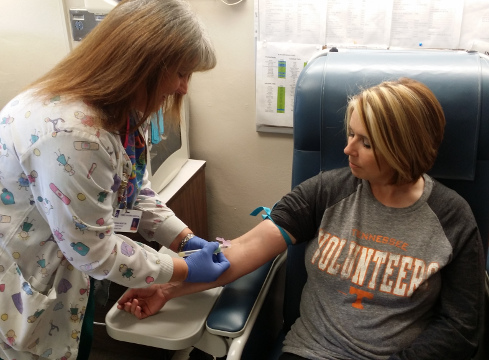
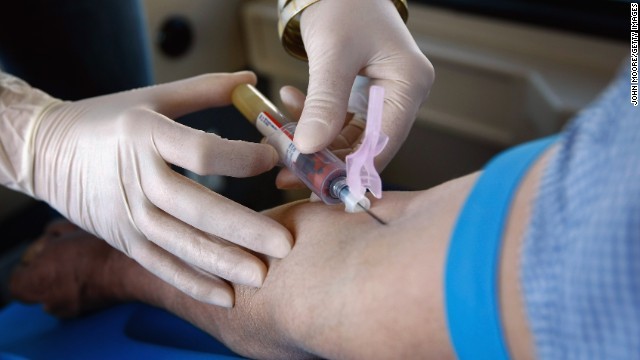
Depending on the facility where you have your blood drawn, a doctor, nurse, phlebotomist or other laboratorian, or another medical professional will draw your blood. In this picture, our phlebotomist has inserted a needle into a vein on the outer portion of the arm near the elbow.
When multiple tests are ordered, more than one tube of blood may be collected, and there is a specific order in which different collection tubes with special preservatives must be drawn.
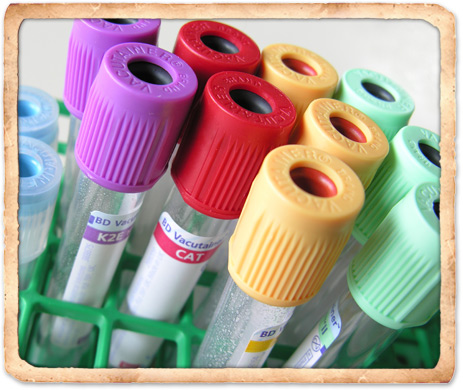
Labeling
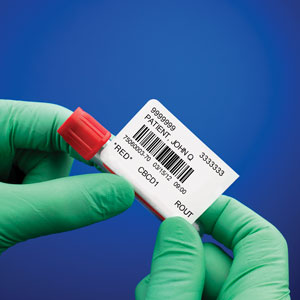
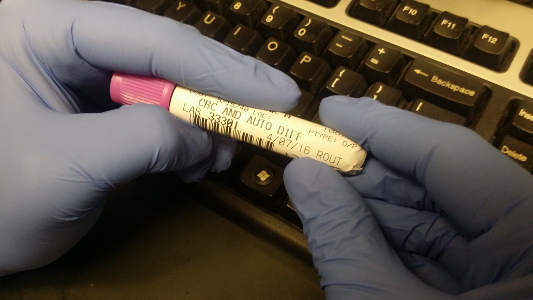
Once the blood is drawn, the tube is labeled. In our lab, the label is pre-printed with patient's name and unique patient identification number, or a barcoded label carrying this information is used. It is essential that the person drawing the sample label the tube properly before leaving your side.
This assures the laboratory personnel of definitive identification of the sample.
Processing
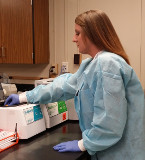

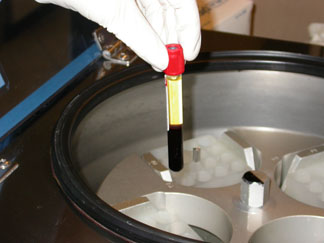
Depending upon the tests that have been ordered. Your blood sample may be processed before it is analyzed. Most routine laboratory tests are performed on either plasma or serum. Plasma is the liquid portion of blood. It is separated from the cellular portion of blood by rapidly spinning the specimen in a centrifuge for several minutes. The plasma, which has a light yellow color, appears at the top of the tube, while the blood cells are at the bottom.
Serum is plasma that has been allowed to clot prior to spinning. It is prepared in the same way as plasma; however, the blood is collected into a tube with no anticoagulant. While spinning in the centrifuge, the clot moves with the cells to the bottom of the blood collection tube, leaving the serum on top.
If the test requires whole blood (e.g., a complete blood count), the sample can be analyzed directly without further processing.
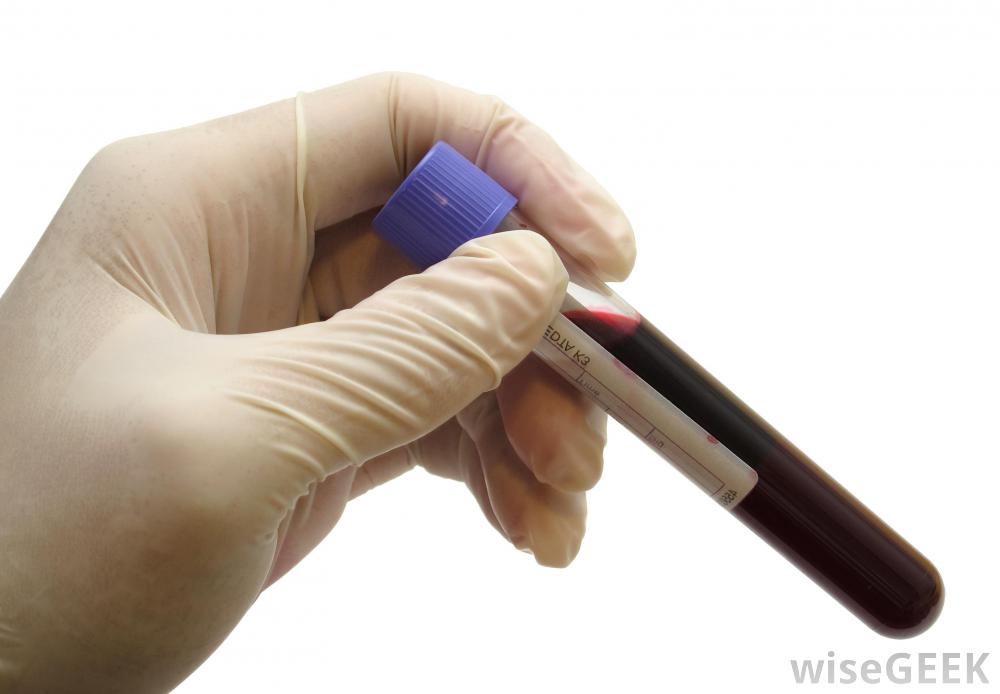
Documenting

After the sample has been collected and labeled, it is transported to the lab to be logged in. Depending on the test needed and where you have the sample drawn, your blood may be simply transported to the lab where the analysis is preformed or transported to a lab that specializes in a particular blood analysis.
Once the specimen arrives to TRHLab, your sample will be logged into the laboratory's tracking system. The tube label contains all the information necessary to ensure that the sample is analyzed for the appropriate tests and the results are matched to your name. Usually, a written or electronic requisition form listing not only your information but also your health practitioner’s name and address is sent with the sample so the results can be sent to the appropriate person.
Analyzing
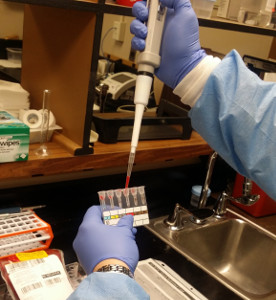
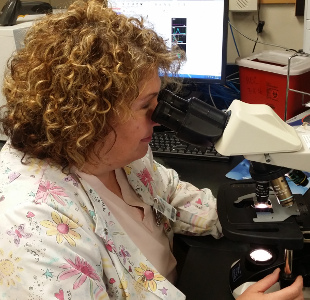
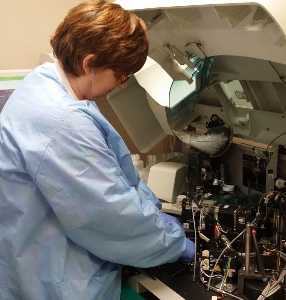
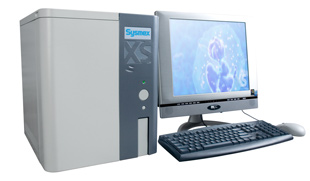
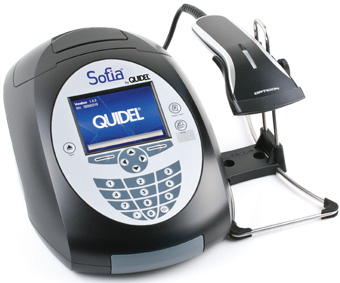

In most cases, an instrument, appropriately called a blood analyzer, analyzes the blood sample. In some cases the blood is analyzed by using immuno techniques to assure accurate genotyping or serologic testing. In the examples above, the technique on the left is blood banking and the one on the right is a chemistry analyzer. They are both state-of-the-art. The chemistry analyzer is capable of doing routine chemistry and immunochemistry. We are proud on doing 90% of our testing in house which allows quicker resulting to your physician. In general chemistry analyzers use serum and/or plasma, and hematology and coagulation analyzers use blood that contains an anticoagulant to prevent clotting.
Results
 With the latest technology in analyzers comes the ability to generate the results electronically to the health practitioner. In many situations, results are printed and then faxed. If the results indicate that the patient may be very ill the laboratory will call the health practitioner with the results and then send the written or electronic report.
With the latest technology in analyzers comes the ability to generate the results electronically to the health practitioner. In many situations, results are printed and then faxed. If the results indicate that the patient may be very ill the laboratory will call the health practitioner with the results and then send the written or electronic report.
The length of time between the drawing of the blood and when the health practitioner gets the results can vary greatly, from as little as a few minutes to as much as several weeks. Urgency, geographic distances, processing schedules, complexity of the test, and other factors contribute to the length of time required before results are available to the health practitioner, who will then share the results with you the patient.


